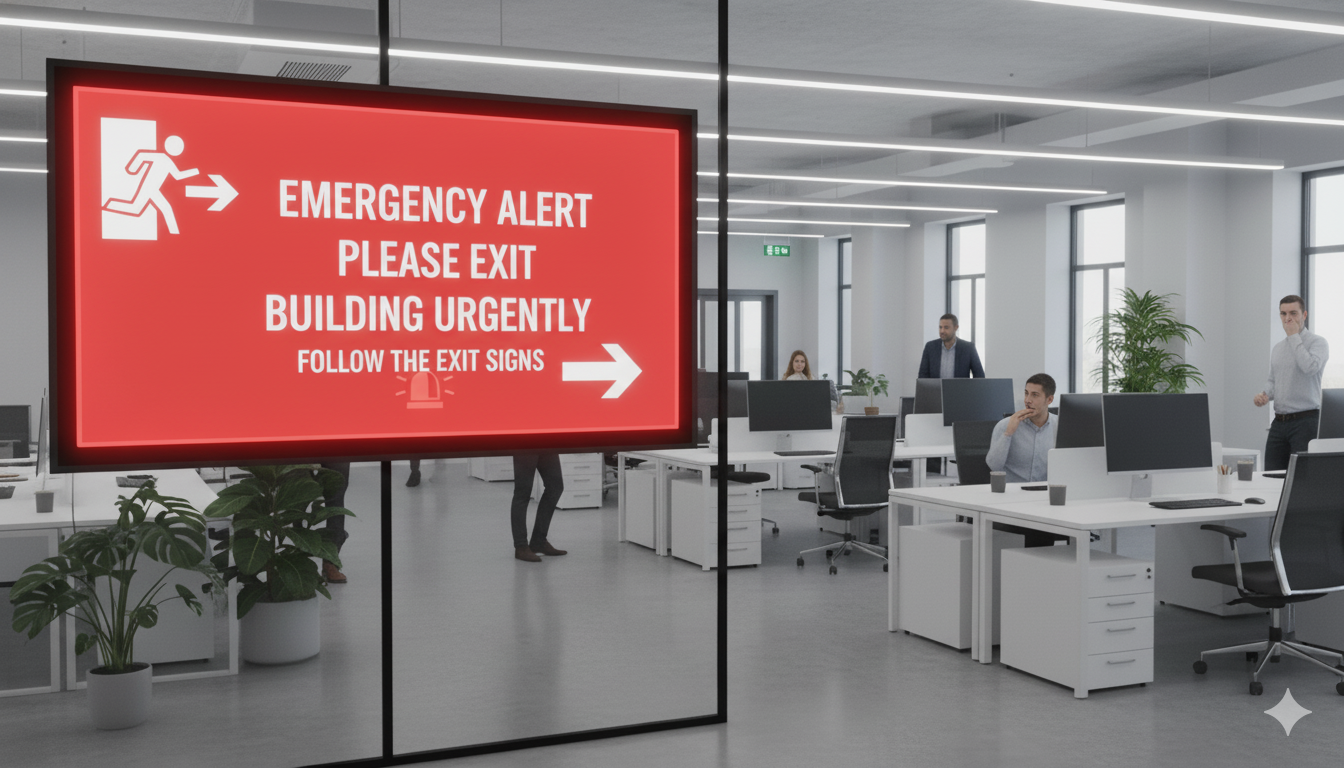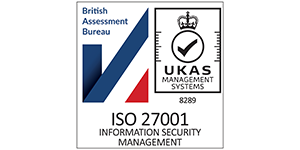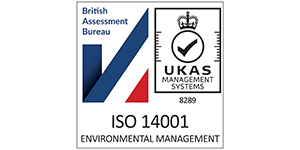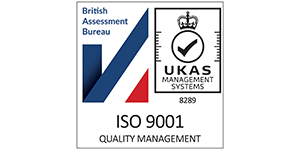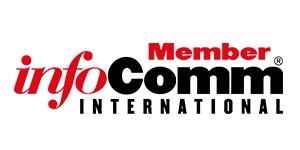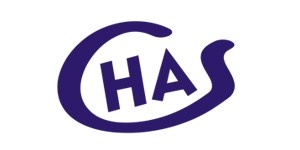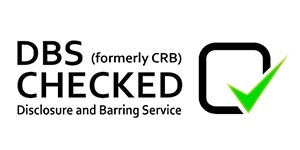This article is part of our comprehensive guide to Martyn's Law. For an overview of the legislation, who it applies to, tier requirements, implementation timelines, and how AV technology can support compliance, see our complete guide to Martyn's Law.
Martyn's Law will require public venues to prepare for emergencies, train their staff, and establish clear communication procedures. Audio-visual (AV) technology, especially digital signage, audio systems, and integration platforms, can play a crucial role in fulfilling these requirements. This article examines how modern AV solutions can aid in compliance and enhance safety.
Why AV technology matters
The Protect Duty emphasises risk assessments, staff training, preparedness planning and clear communication systems. While physical security remains essential, effective communication is what guides people during a crisis. Digital displays, public address (PA) systems, and integrated control platforms provide the speed, clarity and coordination needed to save lives.
Real‑time emergency communication
In high‑risk scenarios, communication speed can save lives. Digital signage networks can be overridden to display urgent messages, such as evacuation instructions, assembly points or threat notifications, across a venue. These dynamic displays deliver location‑specific information far faster than printed signs. Integrating signage with emergency alert systems and PA speakers enables simultaneous visual and audio cues, ensuring everyone, including those with visual or hearing impairments, receives clear instructions.
Crowd management and wayfinding
During both everyday operations and emergencies, digital signage aids crowd control. Strategically placed screens display content based on live footfall data or instructions from a control room. By showing directional arrows or colour‑coded routes, signage helps maintain orderly flow, reduces congestion and mitigates panic.
Staff and visitor education
A key pillar of Martyn's Law is ongoing training and awareness. Digital signage can broadcast safety tips and emergency protocol videos, reinforcing preparedness in a visually engaging way. Scheduling content to play during off‑peak times ensures that staff and visitors see important messages without interrupting daily activities. E‑learning modules and interactive displays can further support staff training.
For a detailed implementation timeline and compliance checklist, see our guide: Martyn's Law Implementation Timeline & Compliance Checklist.
Integration with Surveillance and Control Systems
Digital signage reaches new heights in effectiveness and versatility when it is interconnected with comprehensive audiovisual (AV) infrastructures, including closed-circuit television (CCTV), access control systems, and public address (PA) systems. By adopting a unified platform, security personnel can seamlessly push tailored messages and alerts to screens based on real-time data gathered from cameras and various sensors throughout the venue. This integration allows for dynamic content that responds instantly to situational changes, such as emergencies or security threats.
Additionally, a centralised command ecosystem not only enhances communication but also significantly reduces response times in critical scenarios. For instance, if surveillance detects unusual activity, the system can trigger an immediate alert and display relevant information to designated screens, ensuring that both security teams and patrons are informed quickly and accurately. This coordinated approach across large venues fosters a more agile and proactive security strategy, ultimately improving overall safety and operational efficiency. By harnessing the power of interconnected technology, organisations can create a more secure environment while maximising the impact of their digital signage initiatives.
Accessible and inclusive communication
Martyn's Law highlights the importance of inclusivity. Providing information in multiple languages and utilizing visual cues helps individuals who do not speak English or who have hearing impairments. Implementing visual alarms, such as strobe lights or icons, alongside audible alerts ensures that everyone can access essential information. Additionally, venues should consider installing inductive hearing loops and captioned videos to meet accessibility standards.
Beyond digital signage: additional AV tools
While digital signage is central, other AV technologies also support compliance:
**Public address (PA) systems and mass notification platforms** – deliver clear audio instructions over large areas, including outdoor spaces. Integration with signage ensures consistent messaging.
**Wayfinding kiosks and interactive displays** – provide visitors with maps, emergency procedures and contact information. They can switch to emergency mode automatically during an incident.
**Sound masking and voice evacuation systems** – improve speech intelligibility and privacy during daily operations, then switch to voice evacuation mode to broadcast emergency announcements.
**Occupancy sensors and analytics** – monitor crowd density and environmental conditions to trigger alerts or adjust messaging in real time (e.g., directing people away from congested exits).
Practical considerations and next steps
**Assess your existing infrastructure.** Inventory your current AV systems, displays, speakers, and control processors, and identify gaps. Strive AV offers comprehensive assessments to determine what upgrades are needed.
**Plan for integration.** Ensure digital signage, CCTV, access control and PA systems can communicate with one another. A centralised management platform allows you to override content and issue alerts quickly.
**Design accessible templates.** Prepare standard emergency templates in multiple languages, including icons and clear instructions. Test them with diverse user groups.
**Implement regular drills.** Use your AV systems to run simulated alerts so staff and visitors become familiar with emergency cues. Gather feedback and refine your procedures.
**Stay compliant with data and security standards.** When integrating surveillance and communications, ensure that data is stored securely and privacy regulations are respected.
Conclusion
AV technology is not a one-size-fits-all solution, but when it is combined with thorough risk assessments and staff training, it can significantly enhance emergency preparedness. By utilizing digital signage for real-time alerts, coordinating crowd movement, and educating both staff and visitors, venues can meet the communication requirements of Martyn's Law and create safer environments.
For more comprehensive information about Martyn's Law, including who it applies to, tier requirements, special considerations for education settings, and how AV technology can support compliance, see our complete guide to Martyn's Law.
Strive AV's Martyn's Law Compliance service specialises in designing and implementing integrated audiovisual (AV) solutions that meet the specific needs of your venue. We offer a range of services, including digital signage networks, public address (PA) systems, and comprehensive control platforms. Our team can help you integrate the necessary technology to ensure compliance and provide you with peace of mind.
